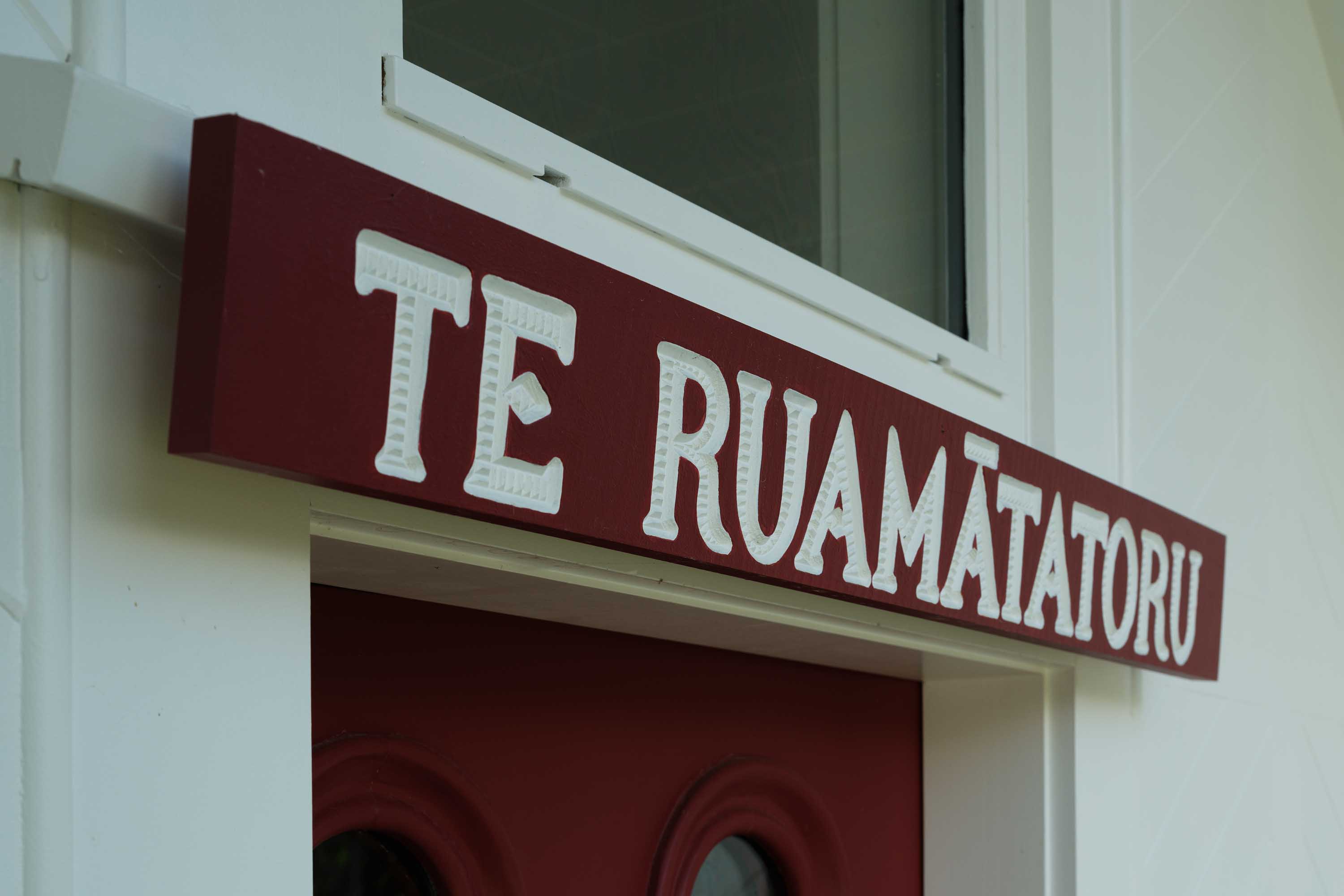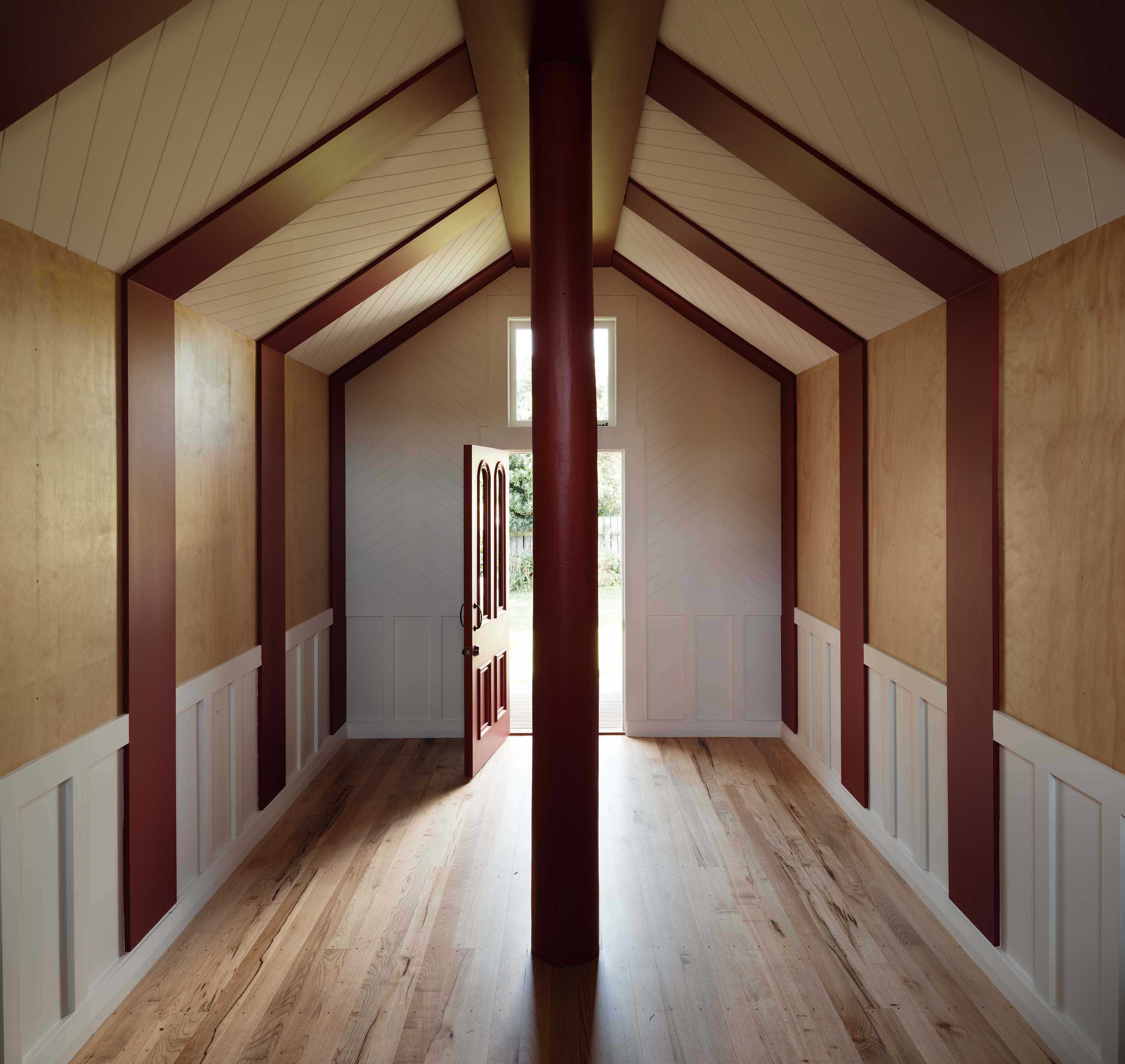


Te Ruamātatoru is a pātaka kai – a building used for storing food – and it sits in Whakaniwha, a garden at Pūtiki in Whanganui connected to Ngāti Ruaka hapū. “It is the first pātaka constructed on the Whanganui River for 100 years,” says hapū spokesperson Rāwiri Tinirau.
More than a century ago, a similar pātaka kai stood at the hapū's marae at Rānana, now a 40-minute drive up the river. It was one of at least six, and photographic evidence suggests it was built between 1880 and 1890. Eventually, it fell into disrepair, though the little building was not forgotten.
In 2019, Te Atawhai o Te Ao – a research institute based in Whanganui – established Te Morehu Whenua, a taitamariki-led environmental group, under the auspices of Ngāti Ruaka. As part of this, taitamariki plant the māra – or garden – and harvest kai for the hapū.
In doing so, they are part of a wider kaupapa to restore the whenua, planting local indigenous flora along riparian margins using seeds collected from Rānana. The aim is to provide shade and kai for freshwater taonga species, such as tuna, kōura and ngaore – traditional food sources of Ngāti Ruaka hapū and Whanganui iwi.
When the hapū decided to build a pātaka kai, they asked Whanganui architect Craig Dalgleish to re-imagine the one at Rānana. “There was enough of it in the undergrowth to get an idea of what the roof pitch was, what the cladding was, and what the proportions of it would have been,” remembers Dalgleish. “You had to look at it for five minutes, but it was all there.”
The design was smaller than the original, but preserved its proportions and included an exact copy of its front door. “It honours the architectural knowledge of our ancestors,” says Tinirau. “We see elements of Māori design woven into the architecture of contemporary buildings – but not often do we see elements of traditional construction being replicated or employed.”
W&W Construction built the pātaka offsite, craning it into place where it faces Te Kāhui Maunga, the mountains of the Central Plateau, and the source of the Whanganui River – considered te mātāpuna o te ora, the source of spiritual and physical sustenance.
Each year, taitamariki will develop tukutuku panels, adding layers of meaning over time. But there’s already a sense of history here – it is named after a traditional garden located on the Ngārākauwhakarāra block, near Rānana, which refers to a storage pit filled with kai. “It’s a very pretty interior and there’s a sense of calm, which I kept putting down to the proportions – it just feels right,” says architect Dalgleish. “Rāwiri came at it from a different angle. He just said, “It’s the tūpuna. We’ve done something right.’”


Related Stories: